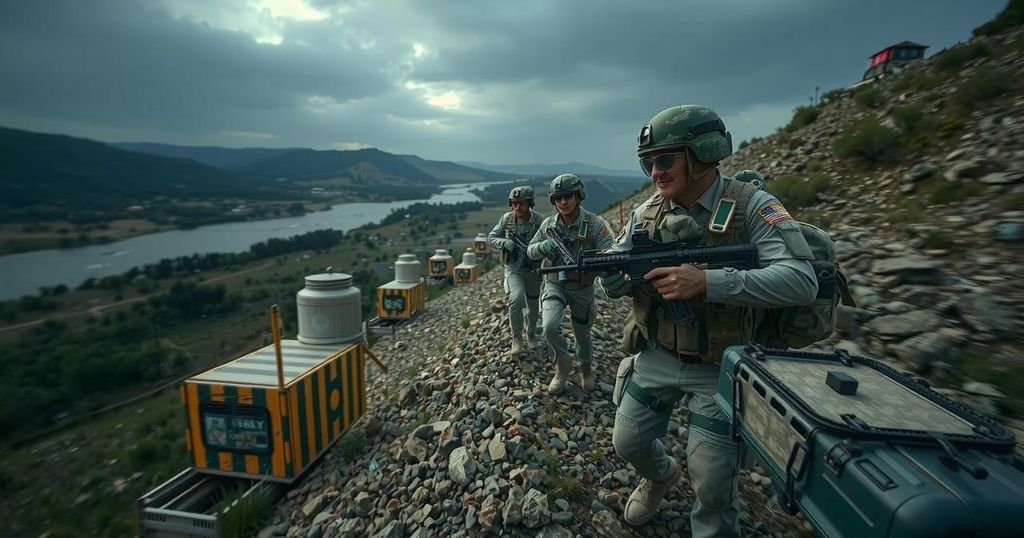IDF troops have reached the Litani River in Lebanon, marking a significant military development as a potential ceasefire with Hezbollah looms. Prime Minister Netanyahu is anticipated to address the nation regarding the situation. Meanwhile, large demonstrations against the ceasefire are occurring in Tel Aviv, amid rising tensions and attacks from Hezbollah. U.S. Secretary of State Antony Blinken supports a ceasefire, seeing it as a pathway to regional stability. Iran’s role adds another layer to the ongoing discussions.
Israeli Defense Forces (IDF) troops have reached the Litani River in Lebanon for the first time in over two decades, coinciding with the imminent announcement of a ceasefire agreement. This development comes amid increasing tensions, marked by heightened Hezbollah missile and drone activities targeting Israel. Prime Minister Benjamin Netanyahu is expected to address the public regarding the proposal, which has garnered significant opposition from various organizations advocating against a ceasefire. Secretary of State Antony Blinken voiced support for the ceasefire, suggesting it could positively impact regional stability and address longstanding issues related to Hezbollah’s aggressions. Amid these advancements, the IDF has conducted substantial operations in Beirut, striking several Hezbollah positions ahead of the possible ceasefire expected to be confirmed by the United States and France.
Demonstrations against the ceasefire are underway in Tel Aviv, with activists warning that such agreements could lead to further destabilization in the region. Meanwhile, Iran’s involvement and interest in the ceasefire negotiations indicate its desire to maintain influence in Lebanon and pursue its nuclear ambitions. Given the complex relationship between these nations and groups, the anticipated ceasefire raises questions about future peace efforts in the region.
The current situation surrounding the ceasefire agreement in Lebanon arises from a culmination of escalating military actions between Israel and Hezbollah. IDF operations have intensified following a brutal assault by Hamas on October 7, leading to Israel’s aggressive military response across Gaza, Lebanon, and surrounding areas. Netanyahu’s government faces pressure both internally, from anti-ceasefire demonstrations, and internationally, as officials like Antony Blinken push for a resolution that could stabilize the region. The complexities are further exacerbated by Iran’s ambitions for leverage in Lebanon as part of the ongoing negotiations.
The events surrounding the ceasefire agreement in Lebanon highlight the multifaceted nature of regional conflicts involving Israel, Hezbollah, and Iran. As the IDF continues its operations and preparations for a possible ceasefire, the implications of such an agreement remain contentious, with significant opposition in Israel. The potential for positive outcomes underscored by international leaders contrasts against the fervent resistance from groups within Israel, feeding a complex narrative of hope and concern for the future of peace in the region.
Original Source: www.jpost.com






